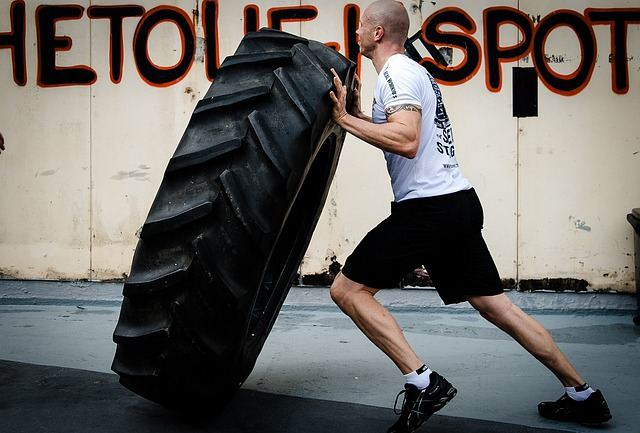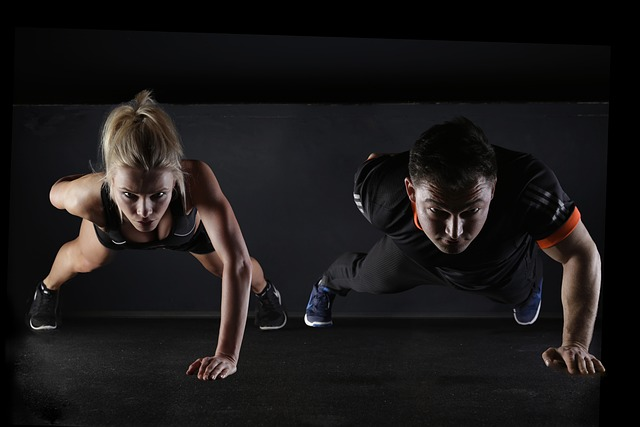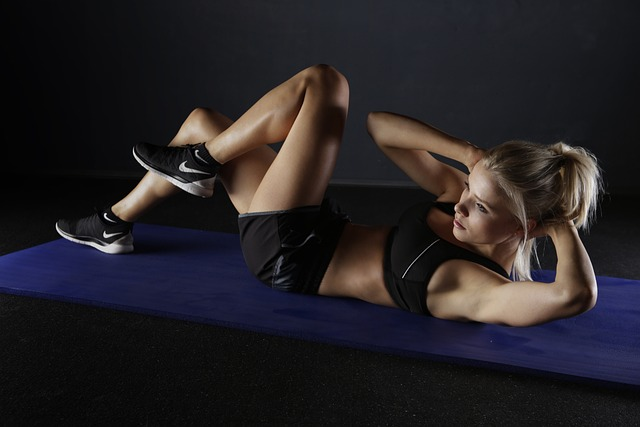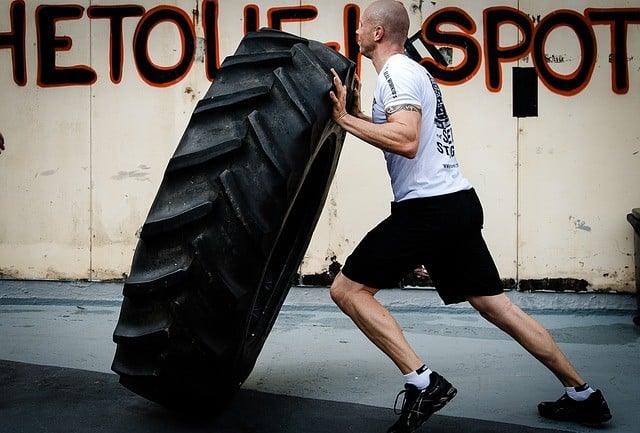What is Metabolic Conditioning + 4 Example Workouts
It’s well known that cardiovascular fitness is important, however, how you train your cardiovascular system can vary depending on your specific goals and or preferences.
Different ways to train your anaerobic and aerobic fitness:
Low-intensity interval training:
LISS or low-intensity steady state is considered zone 2 training (link to the previous blog). This is when you are working out building your aerobic base and you are still under your lactate threshold. During LISS, the body is using type 1 fibres, slow oxidative pathways, and primarily fats as fuel.
High-intensity interval training:
In contrast, HIIT or high-intensity interval training will start to rely on type 2 fibres, and glycolytic pathways and therefore start pulling in glycogen for energy as intensity rises. This will increase your anaerobic fitness as intensities increase.

What is Metabolic conditioning?
Another example of cardiovascular training is metabolic conditioning. This is a bit different than High-Intensity Interval Training as it’s not as intense and is more steady-state versus intervals. The premise behind metabolic conditioning workouts is to maximize calories burned during and after exercise. This is often referred to as EPOC (excess post-exercise oxygen consumption).
Essentially when we are working out at high intensities, our metabolic demand rises, we start to rely on different energy systems in the body and we burn more calories. Metabolic conditioning combines aerobic fitness with strength exercises, especially compound exercises and plyometric exercises. Metabolic conditioning, if done properly should result in the maintenance of lean muscle mass, can potentially accelerate fat loss, improve muscular endurance, raise your metabolic rate and improve your overall body composition.
What are the benefits of metabolic conditioning, outside of a big calorie burn?
There are many benefits from partaking in metabolic conditioning workouts. An obvious one is that you will burn calories while you do the metabolic workouts. Since most metabolic workouts rely on both aerobic and anaerobic energy systems you will be burning more calories during your metabolic training session compared to low intensity steady state cardio.
In addition to burning calories, more importantly, you are training your cardiorespiratory fitness. During your metabolic conditioning workout, your heart rate will be elevated. This will put a good stress on the heart to adapt to training and when done consistently, will produce adaptive physiological changes.
As mentioned, metabolic conditioning provides the body with a stimulus to burn more calories after the metabolic training, which is referred to as EPOC. You may have heard it referred to as the ‘afterburn’. Essentially, after doing a metabolic workout, your body’s metabolism stays elevated and you burn more calories while at rest. This can help, in combination with nutrition and strength training, with body composition changes, fat loss goals and maintaining lean muscle mass.
Metabolic workouts rely on full-body exercise, often including plyometric exercise, bodyweight training, resistance training and cardiovascular training. Many of the exercises performed are compound exercises, which have a higher metabolic demand. Furthermore, many will use core muscles, and different muscle groups, which will include full-body exercises and often compound movements for both the upper body and lower body.
A metabolic conditioning program is great for enhancing fat loss, building muscle, and improving your cardio in addition to overall health.

How do you build a metabolic conditioning workout?
There are a countless number of metabolic conditioning workouts you can build. We will provide you with a few templates and then feel free to make them your own! Metabolic Conditioning workouts can be focussed towards the upper body, the lower body or the whole body, can use just body weight or also weights (dumbell, kettlebell, barbell **machines aren’t typically used), and can include cardio equipment (treadmill, rower, echo bike).
How long should they be?
You can set them up as an AMRAP (as many rounds as possible) for an allotted amount of time (10-40 MIN), or you can create MetCon workouts and set it up as completed, so however long it takes you to do it (and you can always put a time cap on it). Another way to do it is as an EMOM (every minute on the minute), which can be set up as minute intervals or really any time frame (2, 3, 4, 5 minutes).

How many exercises should you include and what should the rep count be?
Typically, I would suggest including at least 3 exercises (upper, lower, cardio or core) and I would keep it under 6, unless you are doing an EMOM, those can sometimes be 1 exercise at a time, pending how you set it up. In terms of reps, I would say at least 5 since this isn’t strength-focused.

What lower and upper body exercises should you include?
When thinking about what metabolic exercises to include in your MetCon workouts, remember the basic movement patterns for the upper body and lower body: horizontal push (push up), horizontal pull (bodyweight rows), vertical push (overhead press), vertical pull (pull up), squat (box jump), hinges (kettlebell swing), single leg (walking lunges), core (hanging knee raises) and some cardio (run, bike, row). Please remember the proper form!
How to get started and progress?
I would suggest starting slow with 10 minutes and after a few weeks add on 5 minutes at a time. Occasionally if you would like to do a longer 40-45 minute metabolic workout, by all means, you can, especially if this will be your entire workout. If you are doing them after your strength sessions, then typically they are around 15-30 minutes. There’s no rule, just have fun, challenge yourself, use proper form and be prepared to get a bit sweaty and feel that calorie burn!!

4 example workouts for you to try:
AMRAP – as many rounds as possible
- 10 pull-ups
- 10 push-ups
- 10 box jumps
- 500 m run
- Pick a time (10-40 MIN) and then do as many rounds as you can, breaking when needed
PYRAMID – train for completion
- 10 dumbell Thrusters
- 10 dumbell Front Squats
- 10 Leg Raises
- 1 min rower
- Each round add 5 reps and 60 seconds to the row
- Go until 50 reps and 5 min, then work your way back down
- Record your time of completion
FOR TIME – cardio and core focus
- 21/18/15/12/9/6/3 reps each round
- Echo bike cals
- Medicine Ball Burpees
- Hanging Knee Raises (or leg raises or toes to bar)
- Jump squats
- Get it done as fast as you can, record your time
E3MOM (Every 3rd Minute on the Minute)
- 10 wall balls
- 20 kettlebell swings
- 10 shoulder taps per side from the high plank position
- Echo Bike for the rest of the time (until minute 3/6/9 etc.)
- Choose how many rounds you want to do (at least 3 rounds = 9 MIN)
Feel free to tag us @athleteskitchen and/or @dianetuerke_ so we can cheer you on!

Looking for a personalized workout plan?
Our trainer and nutritionist, Diane would be happy to sit down with you to create your own unique workout plan that is catered to your goals and preferences. Diane offers complimentary consultations to further discuss what working together looks like and what to expect. Follow this link to learn more and to book in:
Athletes Kitchen – AK Life Page
Book an Appointment with Diane
Continue learning with these related blogs:
Carbohydrates and Cardio for Effective Weight Loss in Endurance Athletes
Optimal Hydration and Performance for High Intensity Athletes
